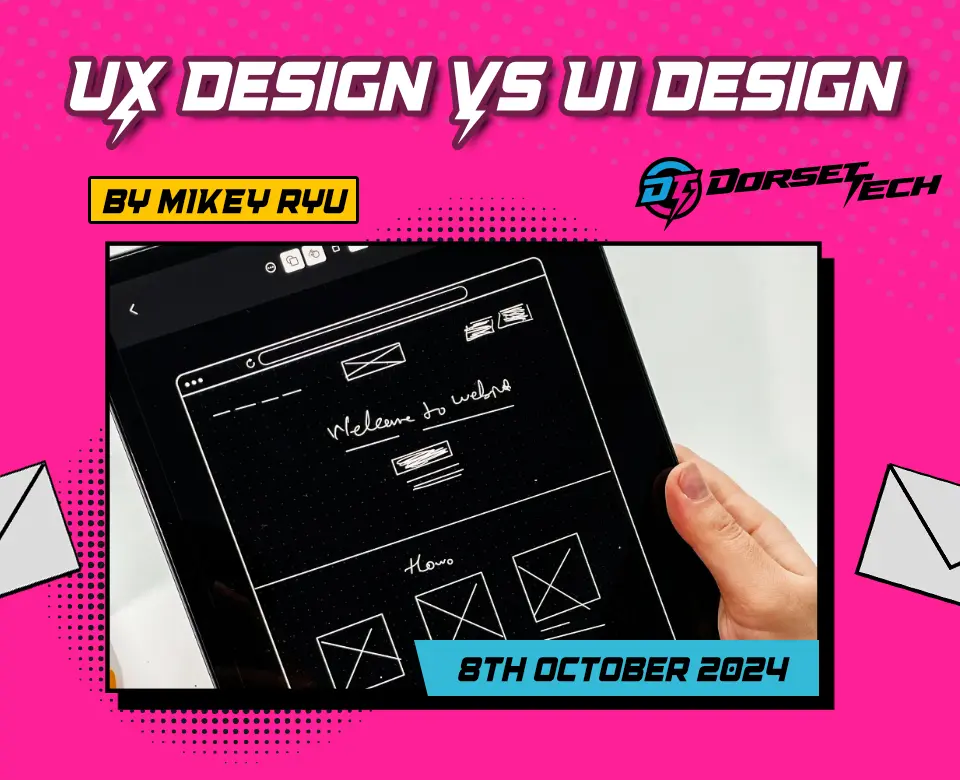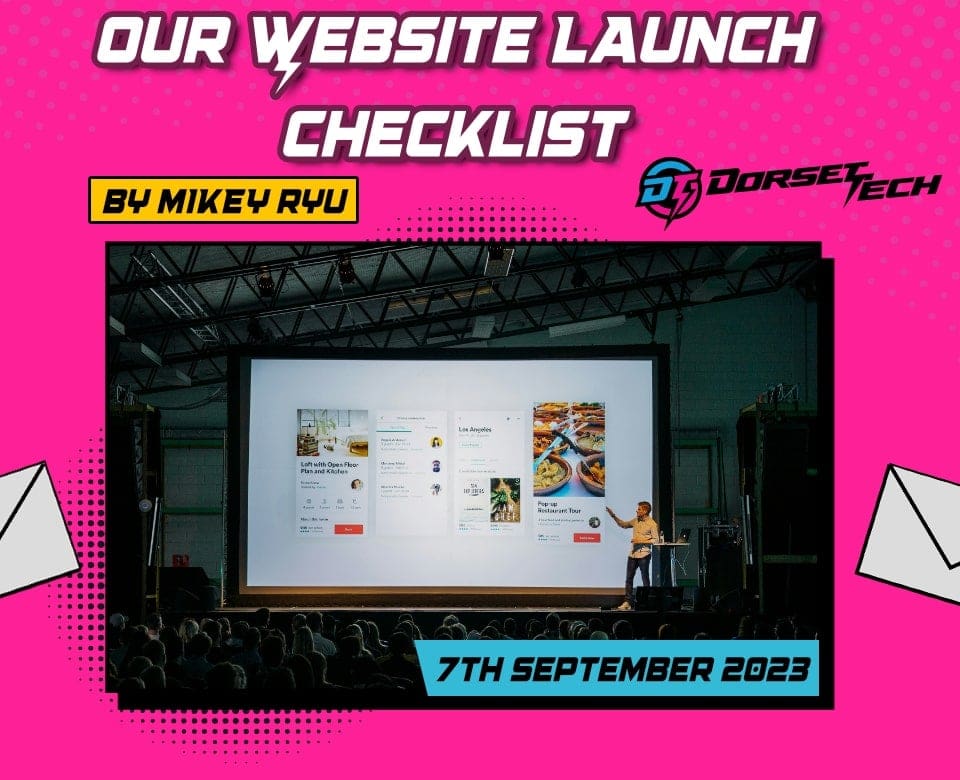
UX Design Vs UI Design
When designing a digital product, whether it’s a website, app, or software, the terms UX (User Experience) Design and UI (User Interface) Design often come up. While they are closely related, each plays a distinct role in creating an engaging and functional product. Understanding the differences between UX and UI is essential for ensuring a seamless experience for users. In this blog, we’ll explore what UX and UI design entail, the key benefits of each, and how they work together to create products that are not only visually appealing but also easy to use.
Contents:
- What is UX design
- The 5 main benefits
- What is UI design
- The 5 main benefits
- UX Design VS UI Design
What is UX Design:
User Experience (UX) Design is a field focused on creating meaningful and enjoyable interactions between users and digital products, services, or systems. It involves understanding user behaviours, emotions and needs to design intuitive and efficient interfaces. UX design encompasses various aspects, including usability, accessibility, and overall user satisfaction, ensuring that the product not only meets user expectations but also provides a seamless and engaging experience.
The 5 Main Benefits of UX Design:
- Improved User Satisfaction – By focusing on the needs and preferences of your users, UX design ensures that products are intuitive and enjoyable to use, leading to higher satisfaction levels.
- Increased Accessibility – Good UX Design makes products accessible to a wider audience, including people with disabilities, by incorporating inclusive design principles.
- Enhanced Usability – UX design prioritises ease of use, making it simpler for users to navigate and interact with the product, reducing frustration and errors.
- Higher Conversion Rate – A well-designed user experience can lead to higher conversion rates, as users are more likely to complete desired actions, such as making a purchase or signing up for a service.
- Reduced Development Costs – Investing in UX Design early in the development process can identify and resolve potential issues, saving time and money on costly redesigns and fixes later on.
What is UI Design:
User interface (UI) Design is the process of designing the visual and interactive elements of a digital product, such as websites, apps, and software. It focuses on the look and feel of the interface, ensuring that it is aesthetically pleasing and easy to navigate. UI designers create layouts, buttons, icons, and other interactive components, aiming to make the user’s interaction with the product as intuitive and efficient as possible. The goal is to enhance the overall user experience by making the interface visually appealing and functionally seamless.
The 5 Main Benefits of UI Design:
- Enhanced Visual Appeal – A well-designed UI makes a product visually attractive, which can draw users in and create a positive first impression.
- Improved User Interaction – Good UI design ensures that users can easily interact with the product, making navigation intuitive and efficient.
- Consistent Branding – UI design helps maintain a consistent look and feel across all digital touchpoints, reinforcing brand identity and trust.
- Increased User Engagement – An engaging UI can keep users interested and encourage them to spend more time interacting with the product.
- Reduced Learning Curve – A clear and intuitive UK design minimises the time users need to learn how to use the products, leading to a smoother onboarding experience.
UX Design VS UI Design:
For example, a UX designer may determine the ideal placement of a button based on research and user testing, while a UI designer ensures that the button is visible, attractive, and clickable. It’s this collaboration that turns a good product into a great one.

The Differences:
Focus:
- UX Design – Focuses on the overall feel of the user experience
- UI Design – Focuses on the look and presentation of the interface
Purpose:
- UX Design – Ensures the product is usable and meets the user’s needs
- UI Design – Ensures the product is visually appealing and easy to interact with
Outcome:
- UX Design – How the products work and how users experience it
- UI Design – How the product looks and feels when interacting with it
Goals:
- UX Design – Solve user problems and improve usability
- UI Design – Create visually engaging and accessible interfaces
In summary, while UX design focuses on the overall experience, ensuring that a product is functional, accessible, and meets users’ needs, UI design centres on the visual and interactive aspects, enhancing the aesthetic appeal and ease of use. Both are vital components of product development, working hand-in-hand to create solutions that are not only beautiful but also intuitive and effective. By understanding the unique strengths of UX and UI design, businesses can build digital products that resonate with users and foster long-lasting engagement.





















